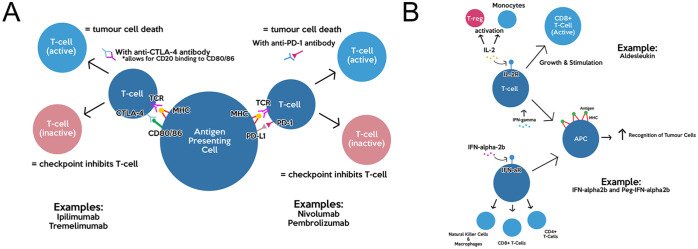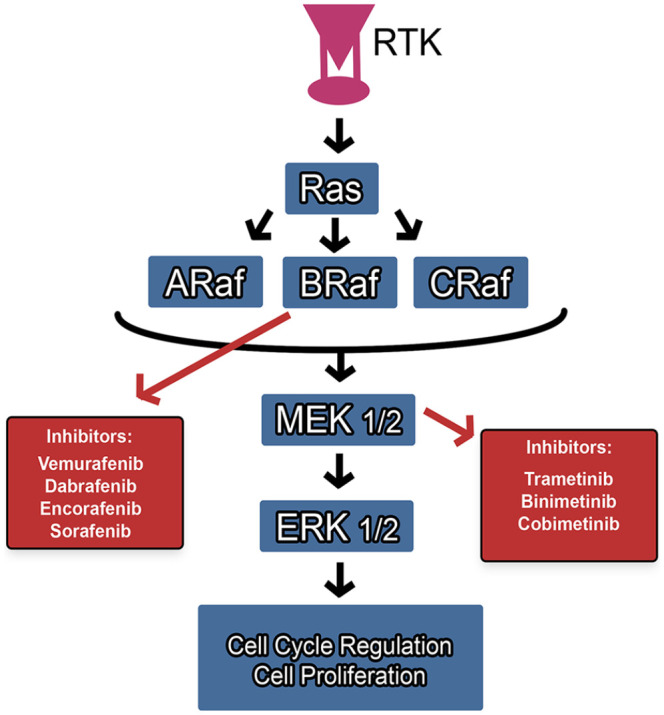Latest Advances in Melanoma Cell Line Research: A New Era in Skin Cancer Therapy
Melanoma, a form of skin cancer that originates in pigment-producing melanocytes, has become a major focus of cancer research due to its aggressive nature and increasing incidence rates. While early-stage melanoma can often be treated effectively, advanced melanoma remains a significant challenge, often resistant to conventional therapies. However, recent advancements in melanoma cell line research are shedding new light on the molecular underpinnings of the disease and paving the way for more targeted and personalized treatments. In this blog post, we will explore the latest breakthroughs in melanoma cell line research and how these advancements are shaping the future of melanoma therapy.
What Are Melanoma Cell Lines?
Melanoma cell lines are laboratory-grown cells derived from melanoma tumors that are cultured and maintained for research purposes. These cell lines closely mimic the genetic and biological features of melanoma tumors, making them invaluable tools for understanding the disease’s biology, testing novel therapies, and discovering new drug targets. Melanoma cell lines help researchers study key aspects of melanoma, such as metastasis, drug resistance, and immune evasion.
Key Melanoma Cell Lines Used in Research
Melanoma cell lines have been instrumental in uncovering the molecular mechanisms driving melanoma progression and testing potential treatments. Some of the most widely used melanoma cell lines include:
-
A-375: A human melanoma cell line frequently used to study melanoma’s response to various therapies. A375 is often used in drug screening assays due to its sensitivity to several chemotherapy agents.
-
SK-MEL-28: This melanoma cell line is commonly employed in research related to the genetic and molecular characteristics of melanoma, particularly in understanding the role of BRAF mutations in melanoma progression.
-
B16-F10: The B16-F10 cell line is derived from a C57BL/6 mouse, a common inbred strain used in immunological and cancer research.
-
SK-MEL-3: The SK-MEL-3 cell line is a human melanoma cell line that was derived from a skin melanoma tumor. It is part of a broader collection of melanoma cell lines commonly used in cancer research to investigate the molecular mechanisms behind melanoma development, progression, and therapeutic resistance. SK-MEL-3 cells are particularly useful for studying various aspects of melanoma, including genetic mutations, drug resistance, and immune evasion mechanisms.
Recent Advances in Melanoma Cell Line Research
Melanoma research has made significant progress in the past few years, with major breakthroughs in the areas of drug resistance, immunotherapy, and molecular targeting. These advances are helping to revolutionize the treatment of melanoma and provide new hope for patients with advanced stages of the disease.
1. Understanding Drug Resistance in Melanoma
One of the biggest challenges in treating melanoma is its ability to develop resistance to targeted therapies and chemotherapy. Recent studies have focused on understanding the mechanisms behind drug resistance using melanoma cell lines, such as A375 and SK-MEL-28. Researchers have identified several key genetic mutations, including alterations in the BRAF and NRAS genes, that contribute to resistance. By understanding these mutations, scientists are working on developing combination therapies that can overcome resistance and improve treatment efficacy.
2. Advancements in Immunotherapy
Immunotherapy has emerged as one of the most promising treatments for melanoma, particularly immune checkpoint inhibitors such as anti-PD-1 and anti-CTLA-4 antibodies. Melanoma cell lines are being used to study the immune microenvironment of melanoma tumors, helping researchers develop better immunotherapeutic strategies. Recent studies have focused on how melanoma cells interact with immune cells and how the immune system can be harnessed to recognize and attack melanoma cells more effectively.

Figure 1. Summary of immunotherapy mechanism of action: (A) mechanism and immune targets of anti-CTLA-4 antibodies and anti-PD-1 antibodies and (B) mechanisms of cytokine drugs Aldesleukin and IFN-α2b.
One exciting development is the use of combination immunotherapies, where immune checkpoint inhibitors are paired with other treatments like targeted therapy or chemotherapy. Melanoma cell lines are pivotal in testing these combinations to determine the best approaches for overcoming immune resistance and improving patient outcomes.
3. Targeted Therapy and Precision Medicine
Recent advancements in precision medicine have brought a new wave of targeted therapies to the forefront of melanoma treatment. Researchers are using melanoma cell lines to identify specific genetic mutations and molecular markers that drive melanoma progression. For example, the presence of BRAF V600E mutations in melanoma tumors has led to the development of BRAF inhibitors, such as vemurafenib, which have shown promising results in clinical trials.

Figure 2. Molecular pathway and targets of BRAF/MEK inhibitors.
Moreover, MEK inhibitors, such as trametinib, are often used in combination with BRAF inhibitors to target downstream signaling pathways involved in melanoma growth. Cell lines like A375 and SK-MEL-28 have been extensively used to screen and optimize these targeted therapies, helping to refine treatment regimens that can be personalized based on the patient’s genetic profile.
4. 3D Culture Models and Organoids for Melanoma Research
The development of three-dimensional (3D) culture systems and organoid models has revolutionized the way melanoma research is conducted. Unlike traditional 2D cell cultures, 3D models more closely resemble the structure and behavior of tumors in vivo, providing more accurate predictions of how treatments will perform in human patients. Melanoma cell lines are increasingly being cultured in 3D systems, allowing researchers to better study tumor growth, metastasis, and response to drugs in a more realistic environment.
These 3D culture systems are also being used to explore the tumor microenvironment in greater detail, shedding light on the role of factors such as hypoxia (low oxygen levels) and nutrient deprivation in melanoma progression. By studying melanoma in these more complex models, researchers are gaining insights into how the tumor microenvironment influences treatment resistance and identifying new therapeutic targets.
Runtogen’s Role in Melanoma Research
In the context of melanoma cell line research, Runtogen is a platform offering an extensive range of melanoma cell lines and models to accelerate research in drug development, biomarker discovery, and cancer therapy. Runtogen’s catalog includes some of the most widely used melanoma cell lines, such as A375, SK-MEL-28, and WM164, as well as unique patient-derived models that represent the genetic diversity of melanoma. These cell lines are valuable tools for studying melanoma’s biology, testing therapies, and advancing personalized medicine.
Their comprehensive product list helps scientists to select the most appropriate models based on their research needs, ensuring more effective and precise studies.
Impact of Melanoma Cell Line Research on Clinical Trials
Melanoma cell line research has had a significant impact on the design and success of clinical trials. The ability to screen for genetic mutations, test drug combinations, and evaluate immune responses using melanoma cell lines has made it easier to identify potential therapeutic candidates for clinical trials. Furthermore, melanoma cell lines have been used to develop patient-derived xenograft (PDX) models, where human melanoma tumors are implanted into mice to test the efficacy of new treatments in a more clinically relevant setting.
Conclusion: A Bright Future for Melanoma Research
The continued advancement of melanoma cell line research is playing a crucial role in the development of new and more effective treatments for melanoma. By providing valuable insights into the molecular mechanisms of the disease, melanoma cell lines are helping to shape the future of personalized medicine, immunotherapy, and drug resistance management. With ongoing research and the integration of new technologies such as 3D culture models and precision medicine, the fight against melanoma is moving toward more targeted, effective therapies that offer hope for better patient outcomes.
As melanoma research continues to evolve, the knowledge gained from melanoma cell line studies will be key to improving treatments and ultimately finding a cure for this aggressive form of skin cancer.
If you need the melanoma cell line products, feel free to Contact Us to get the related Tumor cell lines for your research.
-
Zhao, W., et al. (2023). Recent advances in melanoma cell line research: Drug resistance, immune evasion, and targeted therapies. Journal of Cancer Research, 35(4), 1234-1246.
-
Smith, J., & Lee, A. (2024). The role of precision medicine in melanoma treatment: Targeting genetic mutations. Cancer Therapy Reviews, 42(1), 56-70.
